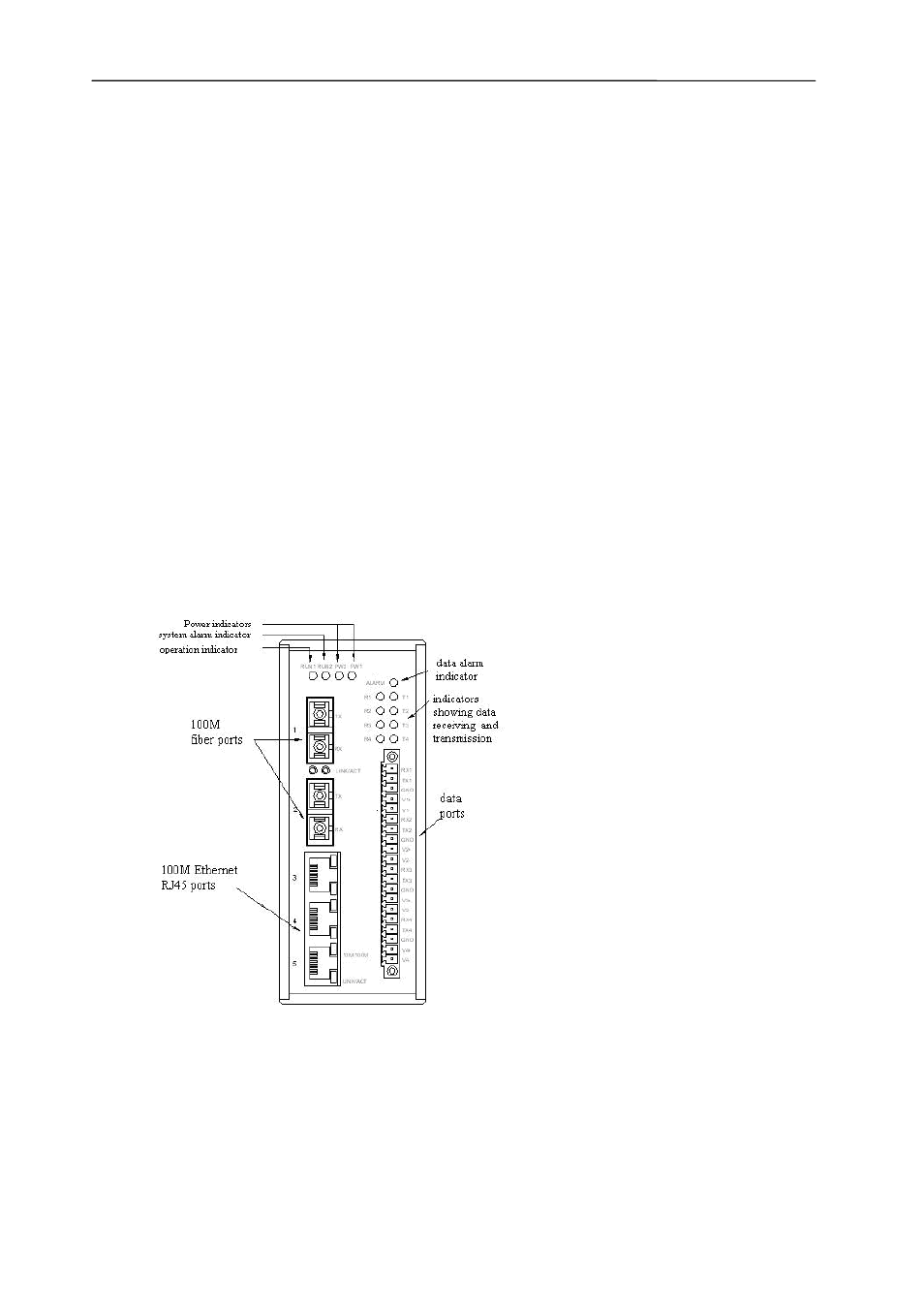5 ethernet rj45 connections, 6 fiber optic connections – KBC Networks ESML3-FL2-D4 User Manual
Page 8

Ethernet Switch User Manual
Manual_hw-ESML3-FL2-D4-Rev1011
Copyright © KBC Networks Ltd.
Page 8 of 18
www.kbcnetworks.com
2.5 Ethernet RJ45 Connections
The ESML3-FL2-D4 offers 3, 10/100 Base T/TX RJ45 ports numbered 3, 4 & 5 (see
figure 2.1). Each port is adaptive and supports auto MDI/MDI-X connection. They
can be connected by either straight through or cross-over cables to terminal devices,
servers, hubs or other switches. Each switch supports IEEE802.3x so the optimum
transmission mode (either half-duplex or full-duplex) and data rate (either 10Mbps
or 100Mbps) will be selected automatically. The connected devices should support
this feature too however, if the connected devices are not adaptive, the port will
send at the correct rate but with default mode of half-duplex.
2.6 Fiber Optic Connections
The ESML3-FL2-D4 offers two uplink redundant 100Base-FX, full-duplex fiber ports,
ports 1 & 2 (see Figure 2.1) which can be either singlemode or multimode. Each
optical connector is a duplex SC. The interface should be used in a pair (Tx and Rx),
where the Tx interface is the optical transmitting terminal which connects to the
optical receiving terminal (Rx) of the remote device. The optical Rx is the receiving
terminal which connects to the transmitting terminal (Tx) of the same optical
interface of the remote device. The two uplink redundant fiber ports can be used to
form a fiber optic redundant ring network. If a system failure occurs, the redundant
recovery time of the ring network is less than 50ms.
Figure 2.1 Switch Ports